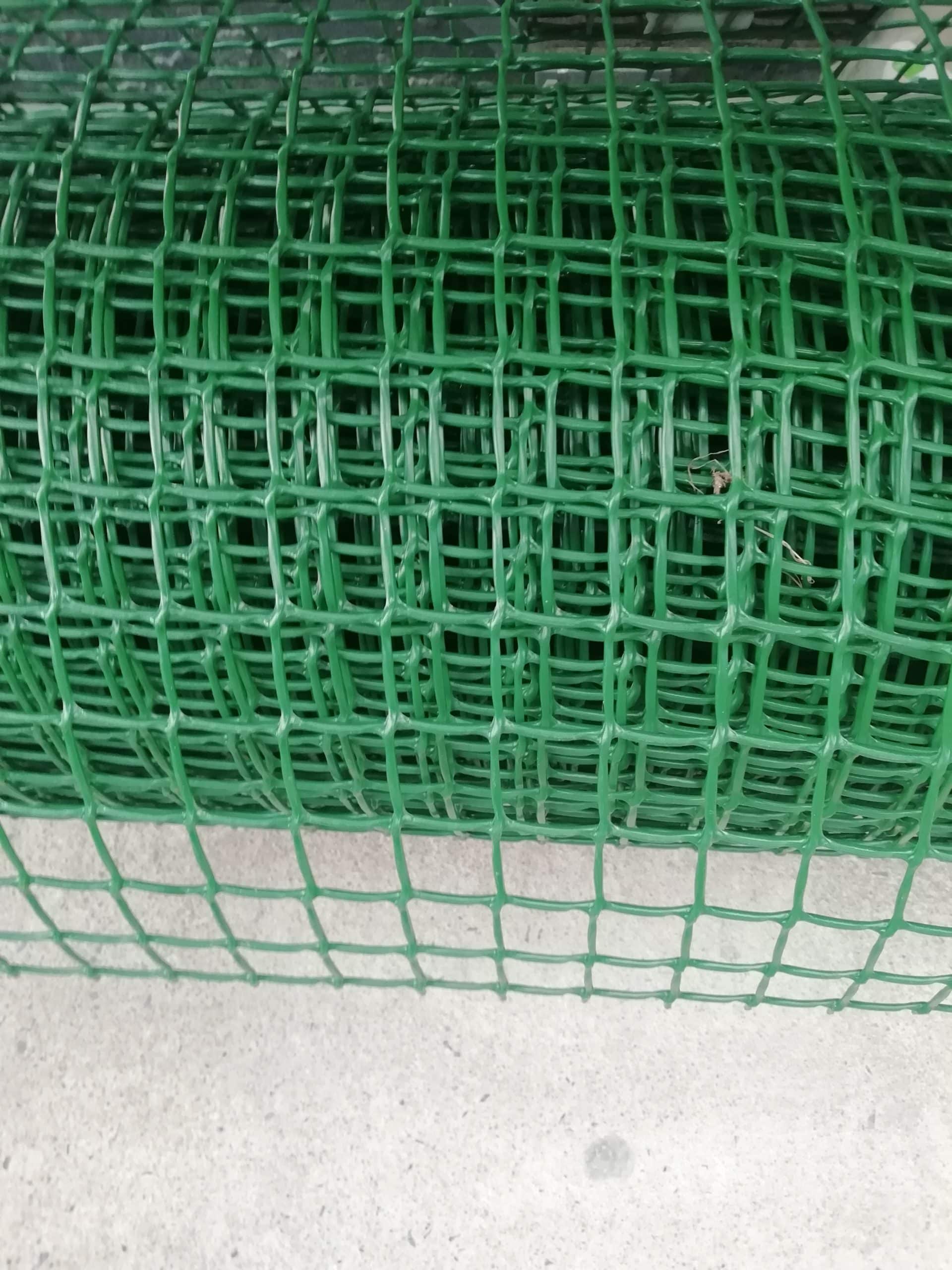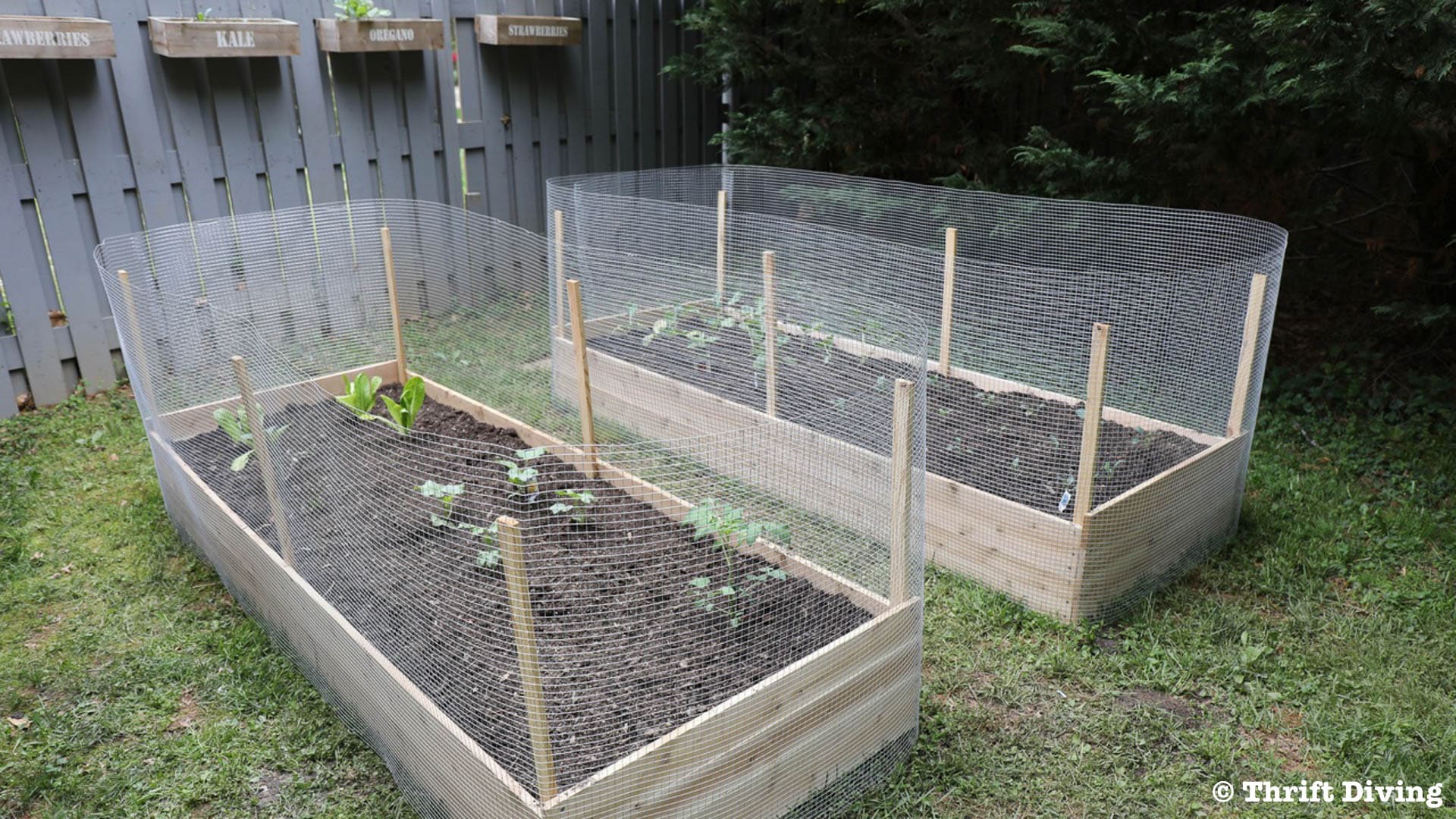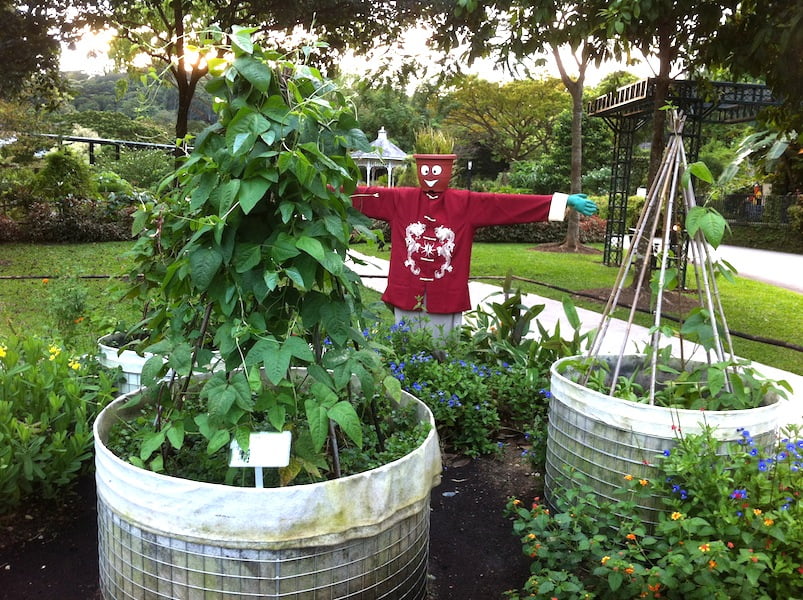Seconds To Protect Your Garden Beds With Mesh
Title: Seconds to Protect Your Garden Beds with Mesh
Introduction:
Gardening is a great way to get fresh air, exercise, and enjoy the outdoors. But it can also be a lot of work, especially if you're trying to protect your plants from pests, animals, and the elements.
One way to make gardening easier and more successful is to use mesh to protect your garden beds. Mesh is a lightweight, durable material that can be used to keep out pests, animals, and even the wind. It's also easy to install, so you can have your garden beds protected in just a few minutes.
In this blog post, I'll show you how to protect your garden beds with mesh. I'll also discuss the different types of mesh available and how to choose the right one for your needs.
Main Content:
There are two main types of mesh that are commonly used to protect garden beds:
- Garden netting: This type of mesh is made of a lightweight, woven material. It's typically used to keep out pests, such as rabbits, squirrels, and birds.
- Bird netting: This type of mesh is made of a heavier-duty material. It's typically used to keep out birds, such as pigeons and sparrows.
In addition to these two types of mesh, there are also a number of other materials that can be used to protect garden beds, such as:
- Fencing: This is a more permanent option, but it can be more expensive than mesh.
- Plastic sheeting: This is a less expensive option, but it's not as durable as mesh.
- Hardware cloth: This is a heavier-duty material that can be used to keep out larger animals, such as deer and rabbits.
The type of mesh you choose will depend on the specific needs of your garden. If you're only trying to keep out small pests, then garden netting will probably be sufficient. However, if you have larger animals, such as deer or rabbits, then you may need to use a heavier-duty material, such as bird netting or hardware cloth.
Once you've chosen the type of mesh you want to use, you'll need to install it. The installation process will vary depending on the type of mesh you're using and the size of your garden beds. However, in general, you'll need to measure the perimeter of your garden beds and cut the mesh to size. Then, you'll need to attach the mesh to the top of your garden beds using stakes, hooks, or zip ties.
Conclusion:
Protecting your garden beds with mesh is a quick and easy way to keep your plants safe from pests, animals, and the elements. With just a few minutes of work, you can have your garden beds protected and ready to grow.
Here are some additional tips for protecting your garden beds with mesh:
- Make sure the mesh is tightly secured to the top of your garden beds. This will help to prevent pests and animals from getting under the mesh.
- Check the mesh regularly for any holes or tears. If you find any holes, repair them immediately to prevent pests and animals from getting in.
- Remove the mesh in the winter. This will help to prevent your plants from getting frost damage.
By following these tips, you can keep your garden beds protected and healthy all year long.
Are you looking for a way to protect your garden bed from pests, animals, and weeds? If so, you may want to consider using mesh. Mesh is a versatile material that can be used to create a variety of barriers, making it a great option for garden beds.
There are many different types of mesh available, so you can choose the one that best suits your needs. For example, if you are looking to keep out rabbits, you will need a mesh with a small enough mesh size to prevent them from getting through.
Once you have chosen the right mesh, you will need to attach it to your garden bed. There are a few different ways to do this, but the most common method is to use landscape staples.
After you have attached the mesh, you are ready to start enjoying your protected garden bed!
FAQ of mesh for garden bed
- What is mesh for garden beds?
Mesh for garden beds is a type of fabric that is used to protect plants from pests, animals, and the elements. It is typically made of plastic or metal, and it comes in a variety of sizes and mesh sizes.
- What are the benefits of using mesh for garden beds?
There are many benefits to using mesh for garden beds, including:
* Protection from pests: Mesh can help to keep pests out of your garden, such as rabbits, deer, birds, and insects.
* Protection from animals: Mesh can also help to keep animals out of your garden, such as cats, dogs, and rodents.
* Protection from the elements: Mesh can help to protect your plants from wind, rain, and snow.
* Improved air circulation: Mesh can help to improve air circulation around your plants, which can help to prevent diseases.
* Easy to install: Mesh is typically easy to install, and it can be removed as needed.
- What type of mesh should I use for my garden bed?
The type of mesh that you use for your garden bed will depend on the specific needs of your garden. For example, if you are trying to keep pests out of your garden, you will need to use a mesh with a small mesh size. If you are trying to protect your plants from the elements, you will need to use a mesh that is more durable.
- How do I attach mesh to my garden bed?
There are a few different ways to attach mesh to your garden bed. One common method is to use landscape staples. Another method is to use zip ties. You can also use wire or string to attach the mesh.
- How do I secure the edges of the mesh?
It is important to secure the edges of the mesh to prevent it from flapping in the wind. You can do this by burying the edges of the mesh under the soil or by anchoring them to a ground level board.
- How often do I need to replace the mesh?
The frequency with which you need to replace the mesh will depend on the type of mesh that you use and the conditions in your garden. If you are using a plastic mesh, you may need to replace it every few years. If you are using a metal mesh, you may only need to replace it every decade or so.
Image of mesh for garden bed
10 different images of mesh for garden bed that are free to use:
- Black garden mesh. This is a heavy-duty mesh that is often used to protect plants from pests and animals. It is also commonly used to create raised garden beds.

- Green garden mesh. This mesh is a more lightweight option that is often used to protect plants from the elements. It is also commonly used to create shade structures for plants.

- Wire garden mesh. This mesh is made of wire and is very strong. It is often used to protect plants from animals and to create trellises for climbing plants.

- Geotextile garden mesh. This mesh is made of a woven fabric and is often used to suppress weeds and to improve drainage.

- Plastic garden mesh. This mesh is made of plastic and is a lightweight option. It is often used to protect plants from the elements and to create shade structures.

- Netting garden mesh. This mesh is made of netting and is very lightweight. It is often used to protect plants from birds and to create shade structures.

- Galvanized garden mesh. This mesh is made of galvanized steel and is very durable. It is often used to protect plants from animals and to create trellises for climbing plants.
- Mesh rolls for garden bed. These rolls of mesh are a convenient way to protect a large area of plants. They are often used to create raised garden beds or to protect plants from pests and animals.

- Mesh sheets for garden bed. These sheets of mesh are a more flexible option than rolls of mesh. They are often used to create shade structures or to protect plants from the elements.

- Mesh panels for garden bed. These panels of mesh are a sturdy option that is often used to create raised garden beds or to protect plants from pests and animals.

Post a Comment for " Seconds To Protect Your Garden Beds With Mesh"